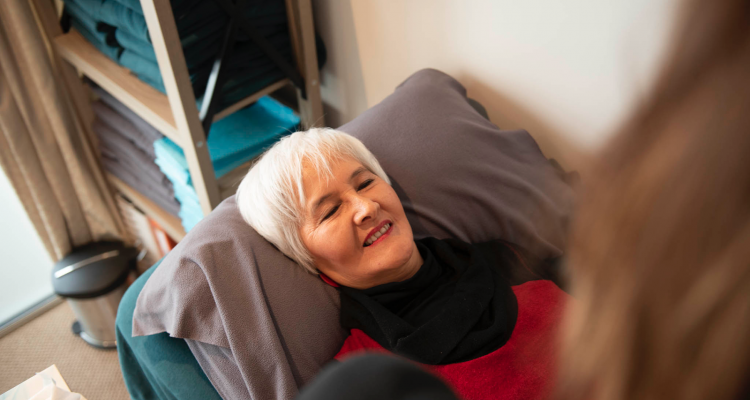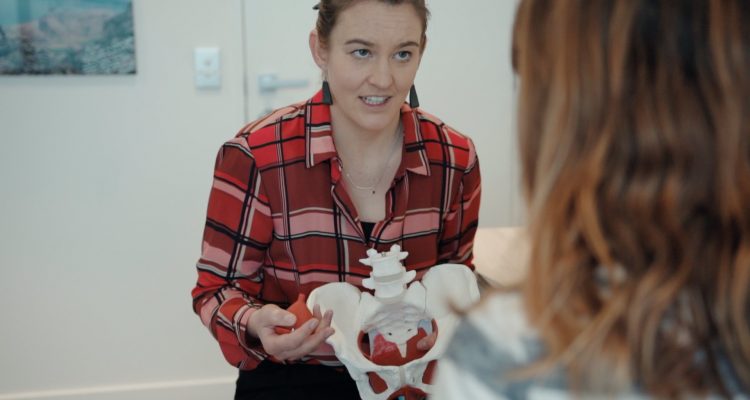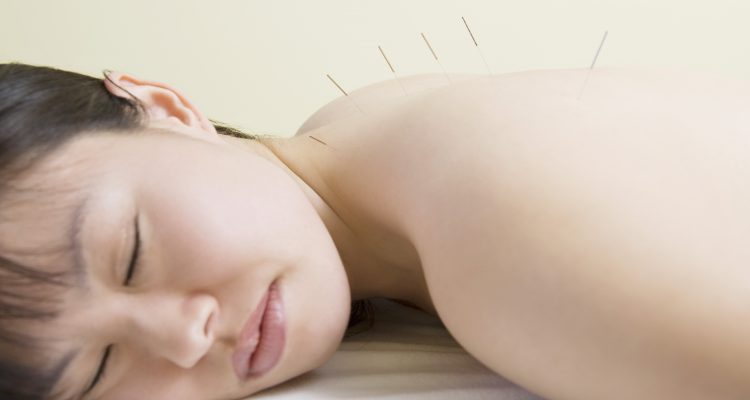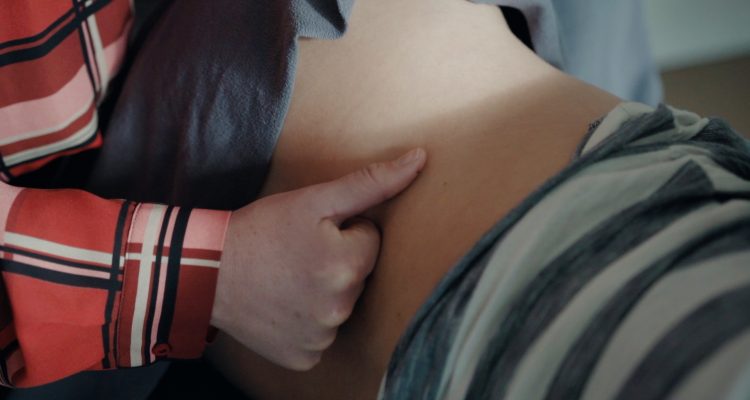Many women have pain around or in the vagina or pelvis with intercourse (dyspareunia) or sexual intimacy. Pain can occur at the entrance to the vagina or on deep penetration, and can be commonly caused by overactivity of the pelvic floor muscles meaning the muscles have trouble relaxing. This can create muscle tension and spasm which can lead to pain.
Other causes of sexual pain can be hormonal changes associated with menopause or breastfeeding, how you think and feel, relationship problems, vulval skin conditions, perineal scarring from childbirth or trauma, and some medications, which can reduce sexual desire and cause vaginal dryness.
Vaginismus is a vaginal tightness that causes discomfort, burning, pain with intercourse or tampon use, penetration problems and sometimes almost complete closure of the vaginal opening, making intercourse impossible, despite the desire to do so.
We take a holistic approach when treating pain and our strategies are comprehensive, proven and effective. From lifestyle management and soft tissue release and massage, breathing and postural changes to technology; it’s our goal to use our knowledge of how the body works, combined with functional movement, to help you achieve your goals. We use advanced technologies like stims machines and biofeedback, as well as ancient techniques such as acupuncture and manual, hands-on therapy. We also collaborate with other trusted health professionals and specialists as needed. We have found that we can find the cause of pain and treat it effectively and successfully, even after our clients have visited many other health professionals and specialists. Why? Because we take a whole-body approach and through our comprehensive external and internal assessments, can often find the root of the problem, and therefore have effective treatment.
Your treatment is not a one-way street; it’s a group effort. By really listening to you, with compassion and understanding, we can wade through the emotional and physical pain you might be carrying and help you move towards a lighter, healthier, freer you.




